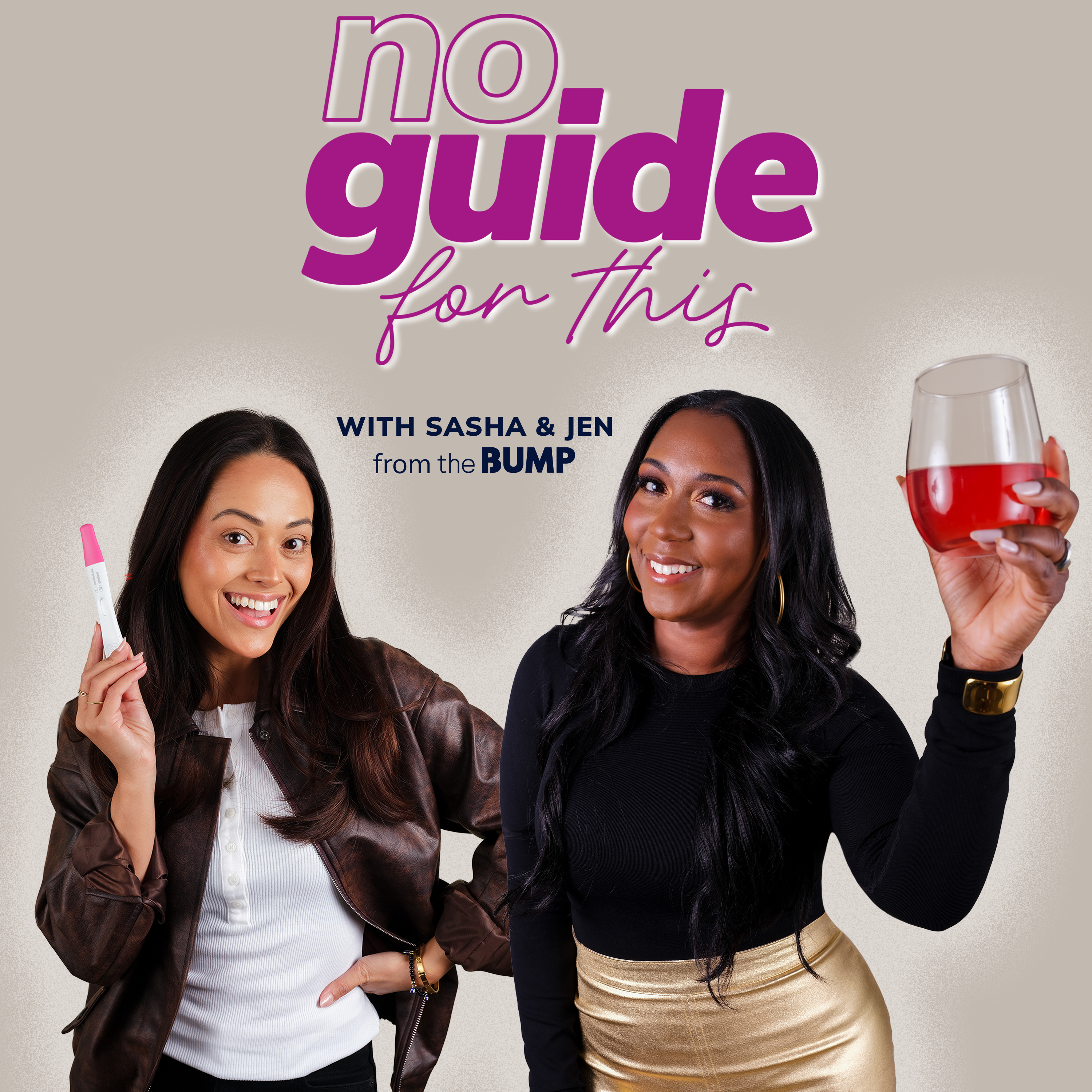How to Improve Your Voice for a Podcast
Podcasts are all about what’s heard. With no visuals, text, or other supplementary material, the way your voice sounds is the most important part of your podcast. Sounding great isn’t just about having a high-quality program, it’s also about grabbing and retaining more listeners. After all, no one wants to listen to a podcast that includes vocal stutters, poor enunciation, and rushed speech.
But, how do you improve your voice for a podcast? We get it. Not every podcast host was a national public speaking champion in a past life. To help you take your podcast voice to the next level, we’ve dedicated our post today to improving your vocal delivery when recording your podcast. Here’s our top tips:
How to Improve Your Voice for Podcast
Invest in high-quality equipment.
First of all, your voice might not even be the problem. At least, not the whole problem. Instead, your podcast audio quality might be suffering because of cheap equipment. Before you go to all this effort to change your voice, make sure you have high quality sound equipment.
We know that investing in new equipment is expensive. But, for fantastic sounding podcasts, any new materials will be well worth the price! If you really want to improve your podcast sound, first get good equipment, then work on your vocal delivery. For must-have podcast equipment, check out this post!
Warm-up your vocal chords.
Just like any well-used muscles, our jaw, tongue, lips, and other muscles used for speaking can become stressed, tight, and sore. This can prevent proper enunciation and delivery!
Performing vocal warm-ups and breathing exercises can help relax those muscles. We’ll list some great vocal warm-ups below! (Though, you can always go with a good ol’ fashioned tongue twister. Anyone remember: “Peter piper picked a peck of pickled peppers?”)
Improve your posture or even stand.
Did you know it takes ¾ of your body’s effort to make a vocal sound? That’s crazy! That means sitting or standing improperly can put a ton of unnecessary strain on your body when speaking. Then, your voice will tire more easily and it’ll be more difficult to manipulate.
Ensure you have good posture when you’re recording your podcast. Or just stand! This will allow your diaphragm to drop down farther. You’ll get deeper breaths, more support for your organs, and less stress on your vocal chords. So, don’t slouch, and sit tall!
Stay hydrated.
In order for your vocal cords and folds to work properly, they must be properly lubricated. This makes sure they can move and seal like you want to create clear, pronounced words. Drink lots of water or other hydrating liquids. Avoid liquids that won’t help hydrate you like soda, alcohol, or, uh, Kool-Aid (for those of you that know about that Two Bears, One Cave podcast moment.)
Learn your filler words and cut them.
Simply listen to a recording of yourself talking. You’ll hear those crutch phrases and filler words. Maybe you say, “Type of a thing,” or “If that makes sense.” Or, maybe it’s “um” or “like” that’s found its way into every sentence.
Whatever it is, your podcast voice can’t include those filler words and phrases. They’ll drive your listeners crazy and reduce the quality of your show. So, learn the words, and avoid using them by speaking slowly, scripting your podcasts, and re-recording when they creep their way back in.
Slow down.
Speaking of slowing down, slowing down can help with a number of delivery issues. You can cut filler words, enunciate your speech better, and breathe more naturally. This will make for a much more pleasant experience for your listeners who don’t want to play back your video three times to catch what you said. Take deep breaths, slow down, and speak as clearly as possible.
Push more energy into your voice.
There’s nothing wrong with the natural sound of your voice. However, when your voice changes from simply a communication tool to a performative tool, it might need a little editing. Think about newscasters and weather reporters with their exaggerated, pointed cadence. Of course, it’s not the way they actually talk, but their voice needs a little manipulation for their “performance.”
In the podcast world, what you need is a little more energy. Often, subscribers will only be listening to your voice, so even if your gestures and facial expressions are punchy and exciting, they won’t affect the way your message is received. Instead, smile while you talk, add more inflection to your voice, and overall push a lot of energy behind your script.
Write and review your script.
Scripts! Yes, before you start recording, you need a script. Even if you are very well-versed on your content, you need to write out your script. You don’t have to follow this script verbatim, necessarily, but it keeps you organized and well-paced. Your listeners will definitely appreciate that your episodes are uniform in length, get to the point, and don’t include a lot of tangents and filler.
Enunciate and inflect.
Vocal range in broadcasting doesn’t refer to Mariah Carey high notes or Thurl Ravenscroft low notes. Instead, it refers to how you enunciate and inflect. When you have “inflection”, your voice changes in pitch and loudness based on context. This allows listeners to easily follow your meaning and emotions as you’re speaking!
Enunciation is when each letter is given a definite sound so listeners can clearly understand all words and phrases. Inflection and enunciation go hand-in-hand, because they both take focused effort and practice. So, when you’re speaking on your podcast, be intentional about enunciating and inflecting.
Don’t knock getting professional help.
If after all the practice and the best equipment you’re still struggling, don’t be afraid to get the help of a vocal coach! They’ll train your voice to do exactly what you need it to using vocal exercises, breathing techniques, and posture training. After a lot of hard work, your voice will be as smooth as an NPR host. (Well, hopefully a little more exciting than that.)
Treat your voice well.
As a podcast host, your voice is now a valuable asset. Because of that, it’s important that you treat it well throughout the week. Avoid singing, yelling, smoking, sugar, dairy, and getting sick. Seriously, take your vitamins and stay healthy. You need your voice for those weekly episodes!
Voice Exercises for Speaking
Lip Trills
Lip trills are a simple vocal exercise where you lightly press your lips together, then release air out of your lips to make a raspberry or “trill sound.” Try to hold the sound for a full breath, and then repeat going up and down scales. Don’t overextend your voice, though. Stay just within your range to avoid strain!
This is a great technique to release tension on the lips. It improves breath control and prevents vocal fold tension. This release of vocal fold tension will ensure your breath sounds clear and effortless instead of forced and breathy.
Tongue Trills
For tongue trills, you place the tip of your tongue behind your top teeth and exhale. This will vibrate your tongue and make that trill sound. Just like the lip trill, try to continue it for a full breath, then repeat going up and down the scale. This exercise will loosen your tongue and jaw to support enunciation. If you tend to mumble, this is a great exercise to do!
Jaw Release
We hold a lot of stress and tension in our jaw, so it’s always a good idea to release any tightness that could be settling there. Put your hands on the sides of your face and slowly massage your jaw and cheeks in circular motions. Do this while lowering and raising your jaw to release full range of motion.
Finally, add “mamama” and “wawawa” sounds while massaging. The jaw has a lot to do with the final sound and ease of what we’re saying. So, releasing the jaw is a vital part of your vocal warm-up process!
Two Octave Scales
This one you’ve probably heard of before. Start at a low pitch and sing, “aaaaaa.” Then, go up the scale using that sound. Don’t push it, though! Just hang out where you’re comfortable. Repeat it a few times with different vowels.
It’s true that we only really speak in one octave, however, traveling on this scale will remind our brains of where we can go. This will encourage more inflection and enunciation while speaking.
Humming
This is easy enough! Just shut your mouth, take a breath, and hum! Start with the “hmm” sound on the exhale, and then switch to “ahh.” Switch back and forth between these sounds within the same exhale and repeat. This technique will stretch vocal cords, relax your face muscles, and improve your breathing. So, your words will come out clearer than ever!
Improving your voice using these techniques will enhance the sound quality of your podcast!
When your podcast sounds better, it feels more professional and listenable. This means better retention of new listeners, more collaboration requisitions, and better networking opportunities. It’s something you simply cannot afford to skip!
So, grab some new equipment and start training that voice. Soon, you’ll achieve all your audio broadcasting goals! And, for more tips and tricks to make your podcast a huge success, check out our blog!




















Leave a Reply